Shipwrecks
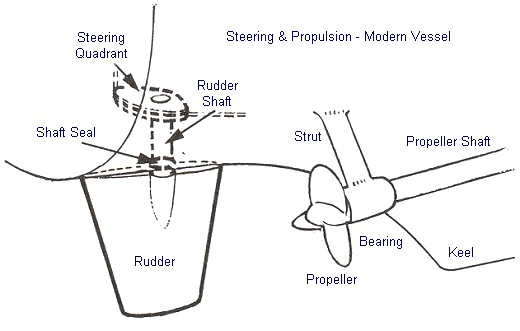
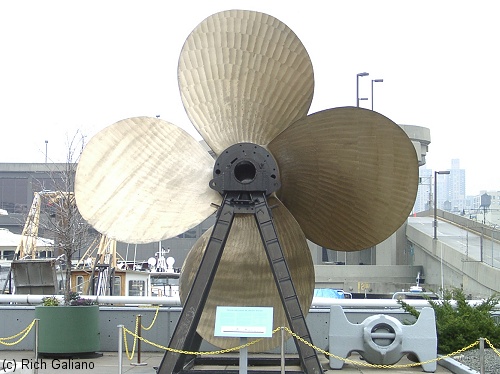
More: Propellers, Shafts & Rudders ...
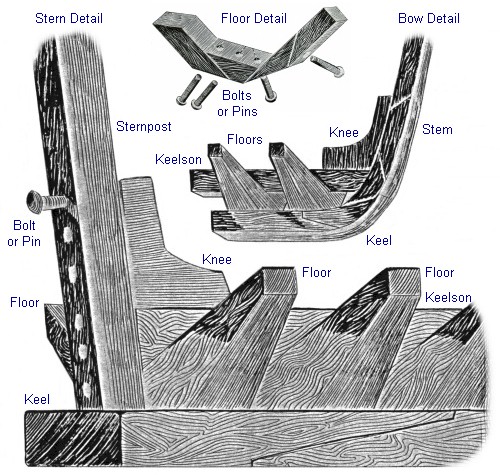
Wooden ships have been constructed for thousands of years. Around the world, many different construction techniques have been used, some of them quite extraordinary. The ancient Greeks stitched the planks of their warships together edgewise to form an extremely light frameless load-bearing shell, much like a modern airplane fuselage. However, most wooden ships are built using a basic framing system that has changed little over the centuries.
More: Wooden Ship Construction ...
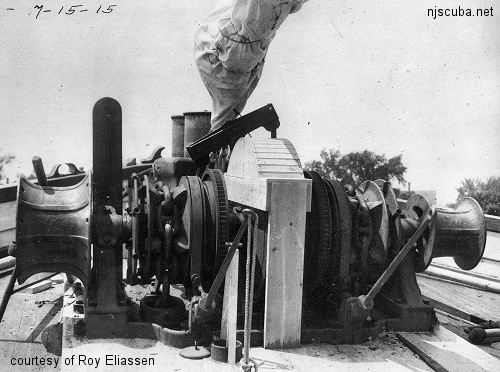
Prior to steam power, the only force available on a sailing ship to perform all the necessary work was the men on board. For some tasks, such as raising the anchor, it might be necessary to yoke the entire crew to a multi-deck manual capstan. On the largest vessels, even with every available man, this might take several hours to complete. With the advent of steam power, a "donkey engine" and a single engineer could do the work of many men, in less time, and these were soon installed in almost all vessels.
More: Capstans & Winches ...
Anchors
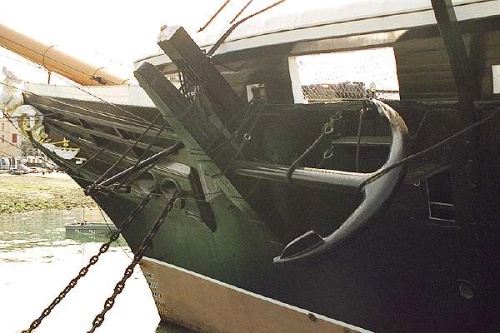
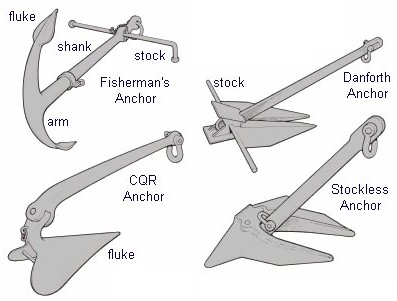
Not all artifacts are easily recoverable. Ship's anchors often weigh in the hundreds or thousands of pounds and require a well-planned expedition to bring back to shore. At right is an assortment of anchors, from the old-fashioned "Fisherman's" anchor of the 1800s to the modern stockless or "naval" anchor, and its small cousin, the Danforth anchor.
More: Anchors & Chain ...
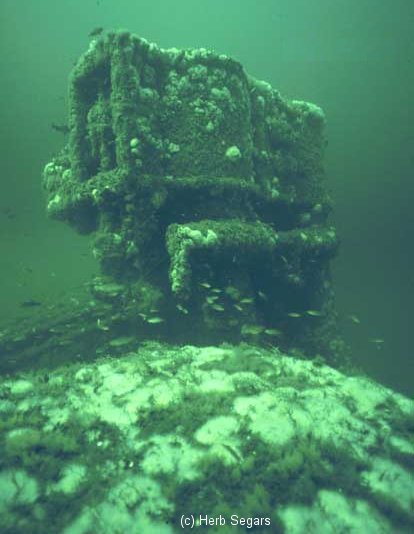
Steam Engines
Steam engines are a common sight on New Jersey shipwrecks. Usually the highest point of relief on the entire wreck, the engine makes a good orientation point and is often used as a tie-in as well. Old steam engines were quite sturdily constructed, and last a long time in the ocean, although because of their value they were salvaged when possible.
Right: The single-expansion steam engine of the Delaware, viewed over the top of one of the four boilers.
More: Engines ...
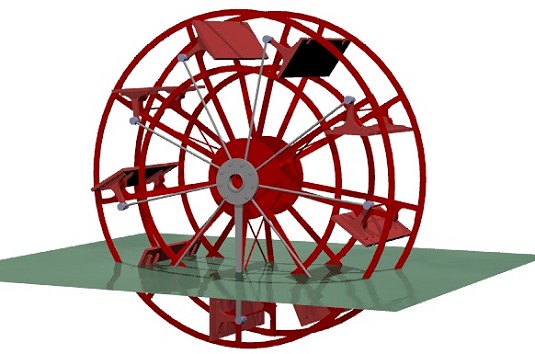
The paddlewheel predates even the steam engine. Horse-driven paddlewheel ferries have been in use for hundreds of years. Compared to screw-type propellers, the design and construction of a paddlewheel is much simpler, and therefore they remained the dominant method of propulsion through the mid-1800s, with some examples remaining in use until after World War II.
More: Paddlewheels ...


